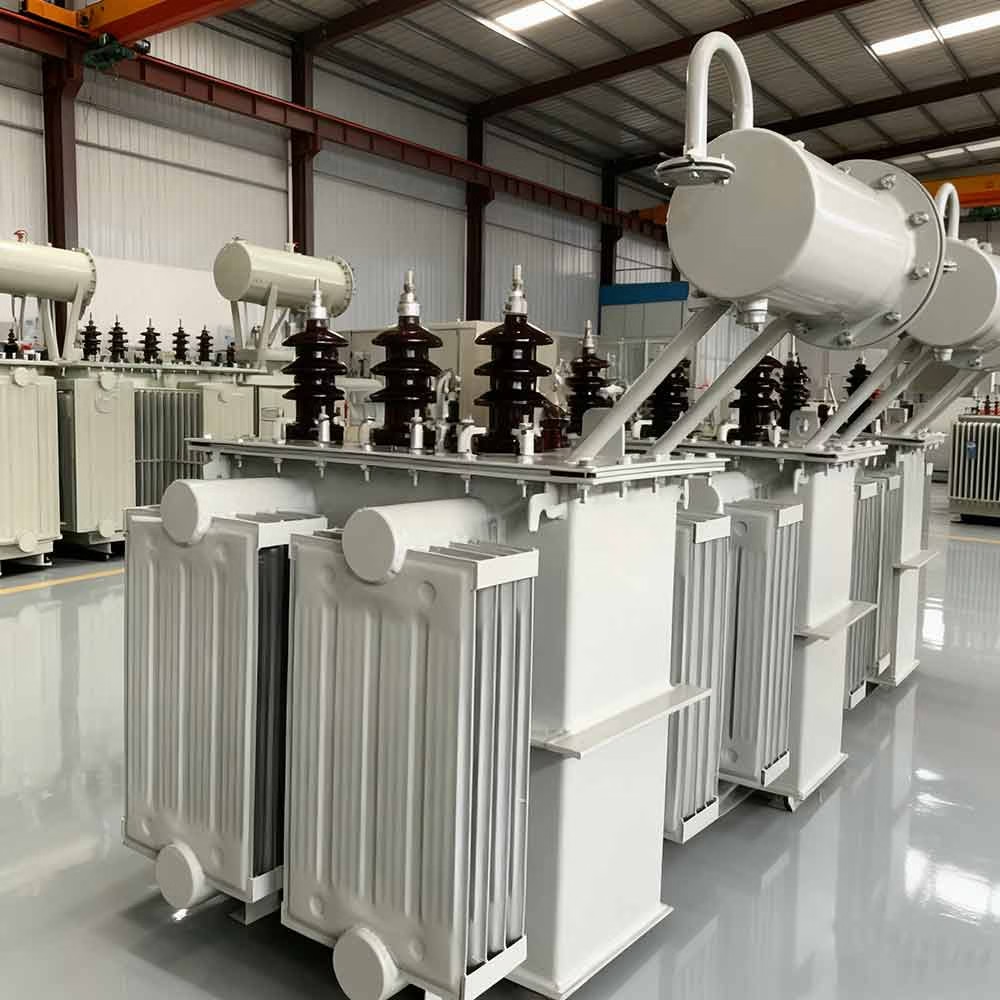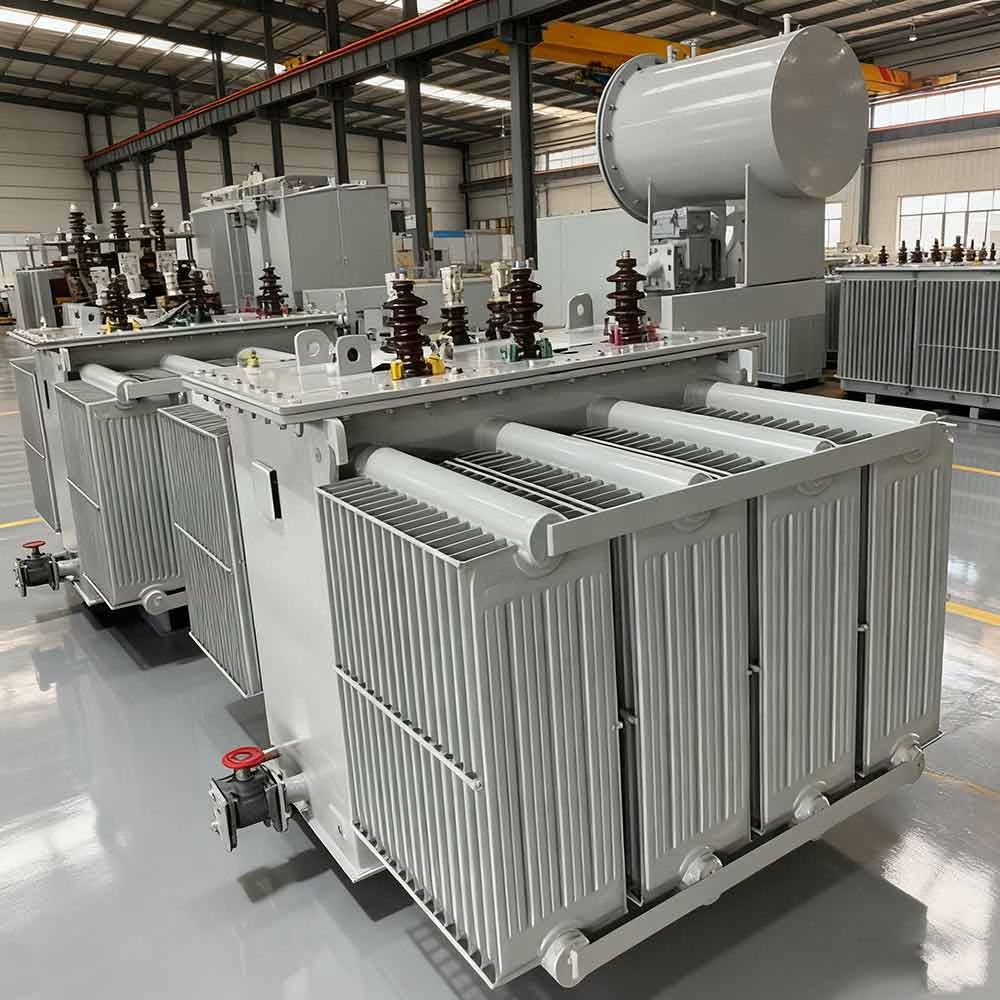Description
Description of 100 KVA Dry Type Transformer
A cornerstone of modern power distribution for industrial and commercial settings, the 100 KVA Dry Type Transformer stands out with top-tier efficiency and dependable performance—redefining reliability for diverse energy needs. Unlike traditional liquid-insulated transformers, this dry-type solution delivers a suite of competitive edges that make it a preferred choice for businesses prioritizing safety, cost-effectiveness, and long-term operational stability.
Unmatched Efficiency & Safety Core
What sets the 100 KVA Dry Type Transformer apart is its insulation system free of oil or other liquids, which eliminates the risk of leaks, fire hazards, and environmental contamination. This design not only boosts operational safety but also minimizes heat dissipation losses, allowing the unit to run at optimal thermal levels while converting energy with exceptional efficiency. Businesses benefit from reduced power wastage, translating to tangible cost savings on utility bills over the transformer’s lifespan. Additionally, its robust construction enhances short-circuit resistance, ensuring consistent performance even in high-demand industrial environments or busy commercial complexes—from manufacturing plants to retail centers and office buildings.
Low Maintenance, High Durability
Another key advantage lies in its minimal maintenance requirements. Without liquid insulation to monitor, replace, or dispose of, the 100 KVA Dry Type Transformer cuts down on downtime and upkeep costs. Its solid-state design resists moisture, dust, and corrosion, extending service life and reducing the need for frequent inspections. This makes it an ideal solution for facilities where consistent power supply is critical and maintenance resources are limited.
Considerations for Installation & Budget
While the 100 KVA Dry Type Transformer offers numerous benefits, it’s important to note two practical considerations. Compared to oil-immersed alternatives, it typically features a bulkier, heavier build—something to account for during installation planning, especially in confined spaces or older buildings with limited load capacity. Additionally, its initial investment tends to be higher than traditional liquid-filled models, though this cost is often offset by long-term energy savings, lower maintenance expenses, and enhanced safety compliance.
Engineered to balance performance and practicality, the 100 KVA Dry Type Transformer is a smart investment for businesses seeking a reliable, eco-friendly power distribution solution that aligns with modern safety and efficiency standards.
Parameter of 100 KVA Dry Type Transformer
1. Input Voltage: 10kV
2. Output Voltage: 0.4kV
3. Power Rating: 100 kVA
4. Frequency: 50-60Hz
5. Insulation Class: F/H
6. Cooling Type: Natural Air Cooling
7. System Efficiency: 95%
8. Enclosure Protection Class: IP20
9. Operating Temperature: -5°C ~ +40°C
10. Noise Level: <65 dB
11.100 kVA Dry Type Transformer Dimensions:900*700*1100mm
FAQ of 100 KVA Dry Type Transformer
1.How Many Amps Can A 100 kVA Transformer Handle?
If you’re sizing electrical equipment or planning a power setup, one critical question often arises: What’s the maximum current a 100 kVA transformer can safely support? Let’s break down the key details, risks of overload, and practical application tips to keep your system running smoothly.
Key Ampacity: 100 kVA Transformer’s Rated Current
For a three-phase 100 kVA transformer operating at a standard 380V line voltage, the rated current lands at 144 amps—this is the maximum continuous current the unit can handle without compromising performance or safety. This value is derived from the basic three-phase power formula (I = P / (√3 × V)), ensuring alignment with industry standards for reliable power distribution.
Crucially, this 144A rating isn’t a suggestion—it’s a non-negotiable threshold for normal operation. Exceeding it even temporarily can lead to serious issues over time.
Why Overloading Is a Risk You Can’t Ignore
Pushing a 100 kVA transformer beyond its 144A rated current triggers a chain of problems:
- Insulation degradation: Excess current generates abnormal heat, accelerating wear on the transformer’s internal insulation.
- Overheating: Uncontrolled temperature spikes can damage core components and windings.
- Short circuit hazards: Deteriorated insulation increases the risk of internal arcing, which may result in costly short circuits or even equipment failure.
To avoid these issues, always ensure your operational load stays within the 144A limit—regular current monitoring is a simple way to maintain safety.
Practical Matchup: 100 kVA Transformer & 380V Motors
A common use case for 100 kVA transformers is powering three-phase 380V asynchronous motors. Here’s a handy rule of thumb: For most 380V motors, the rated current is roughly twice the motor’s power (in kW).
Using this guideline, a 100 kVA transformer (144A rated) pairs perfectly with a 70 kW motor. Why 70 kW? A 70 kW 380V motor typically draws around 140A—just under the transformer’s 144A rating—leaving a small buffer for startup surges (a common occurrence with motors) and ensuring long-term reliability. This matchup balances performance and safety, making it a go-to choice for industrial, commercial, and facility applications.
Whether you’re setting up a manufacturing line, commercial building power system, or industrial equipment, understanding your 100 kVA transformer’s 144A capacity is key to avoiding downtime and costly repairs. Stick to the rated limit, match it with compatible motors, and your power setup will deliver consistent, efficient performance.
2. How Many Houses Can A 100 kVA Transformer Handle?
Wondering how many households a 100 kVA transformer can reliably power? The answer hinges on a key factor: average household electricity demand—but we’ll break down the numbers step by step for clarity, so you can grasp the real-world capacity.
First: Core Electrical Basics to Understand
A standard 100 kVA three-phase transformer delivers a per-phase output current of 150 amps (a critical metric for calculating load capacity). For context, most residential homes have a typical maximum power draw of around 1000 watts (1 kW) during peak usage (e.g., running AC, appliances, and lighting simultaneously).
Using Ohm’s Law (I = P/V, assuming a standard 220V household supply), a 1 kW load translates to roughly 4.5 amps per home.
Calculating Full-Load Capacity
To break this down simply:
- Each phase of the 100 kVA transformer can support ~150 amps ÷ 4.5 amps per household = 32 homes per phase.
- With three phases working in tandem, the transformer’s maximum full-load capacity reaches 32 homes/phase × 3 phases = 96 households.
Real-World Usage: Why Full Load Isn’t Practical
Here’s the catch: Transformers are rarely run at 100% capacity in real-world settings. Industry best practices recommend a safe operating load factor of ~0.8 (or 80%) to prevent overheating, extend lifespan, and accommodate sudden power spikes (e.g., during morning/evening peak hours).
At 80% capacity, a 100 kVA transformer effectively operates as an 80 kVA unit. This adjusts the practical household count to approximately 80 homes—a balanced number that ensures reliable power delivery without straining the equipment.
Key Takeaway
While a 100 kVA transformer can technically power up to 96 households at full load, the realistic, safe capacity for day-to-day use is around 80 homes. This aligns with typical residential power consumption patterns and keeps the transformer running efficiently for years.




























































